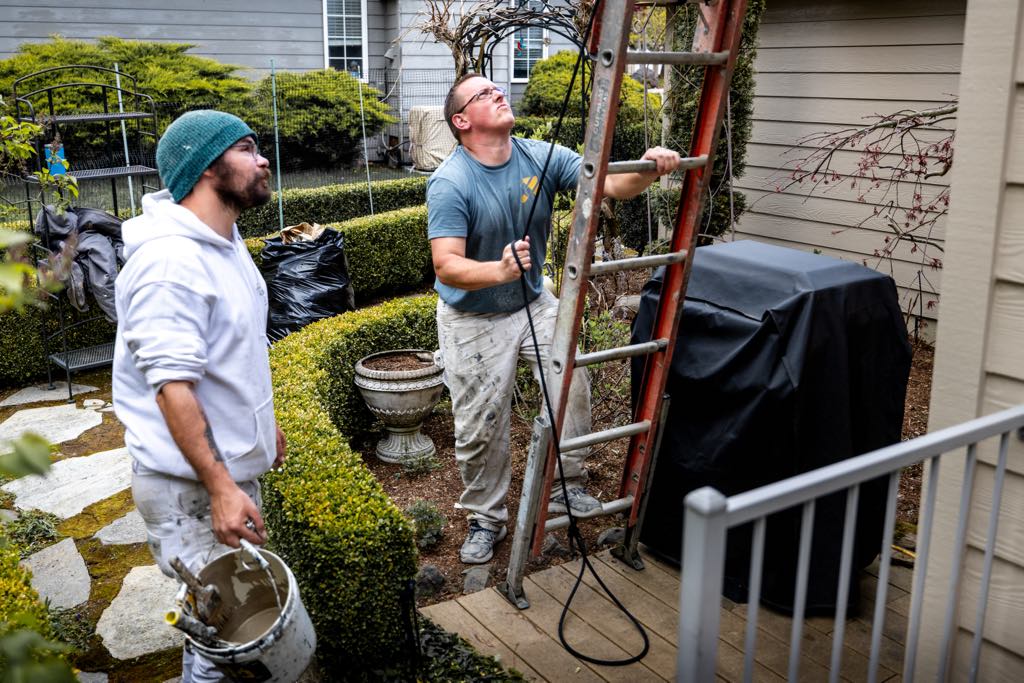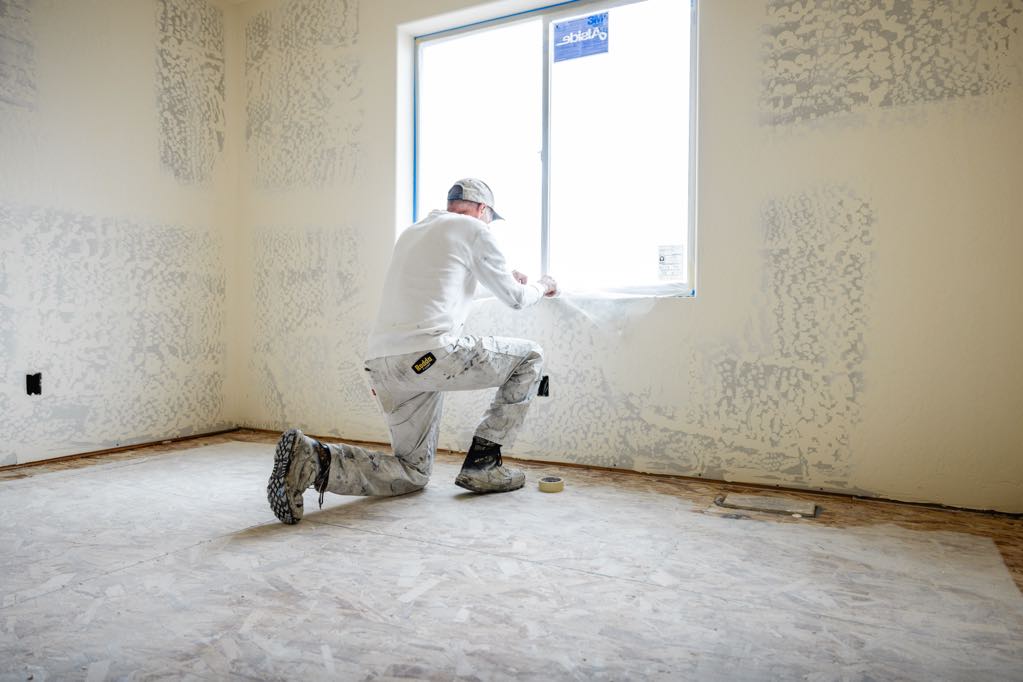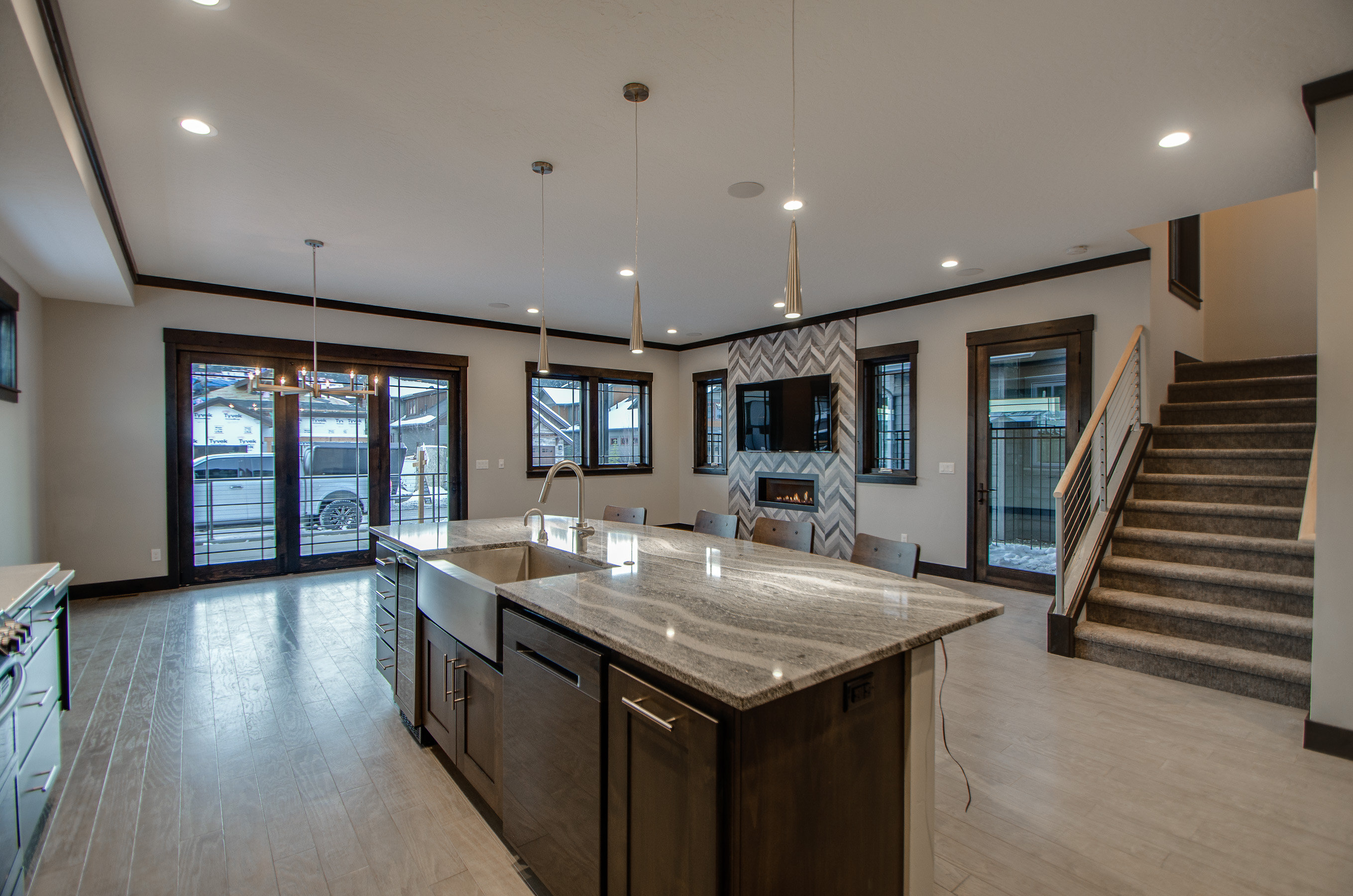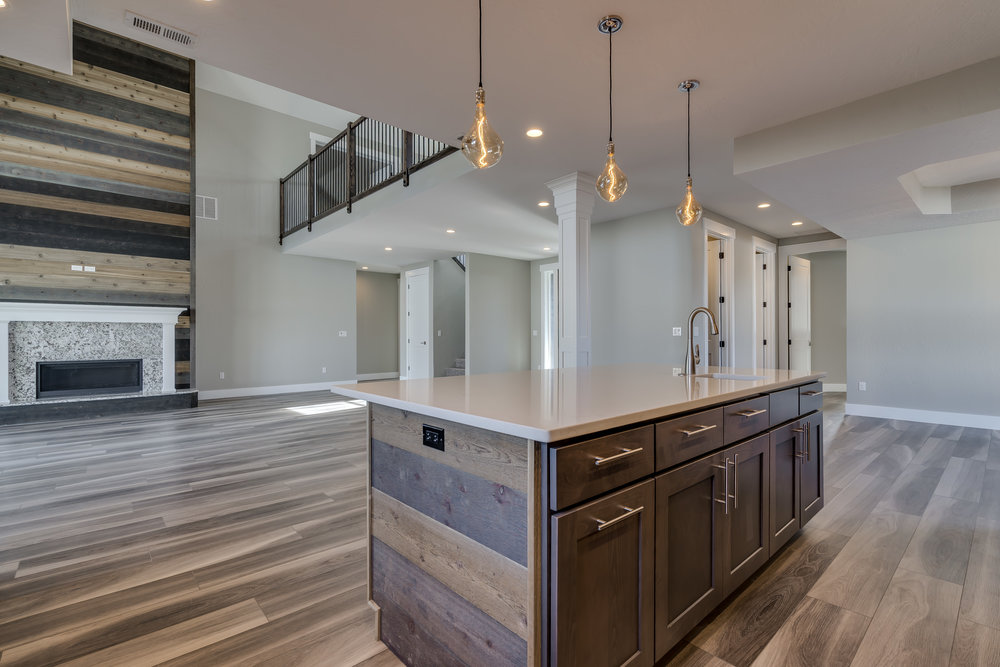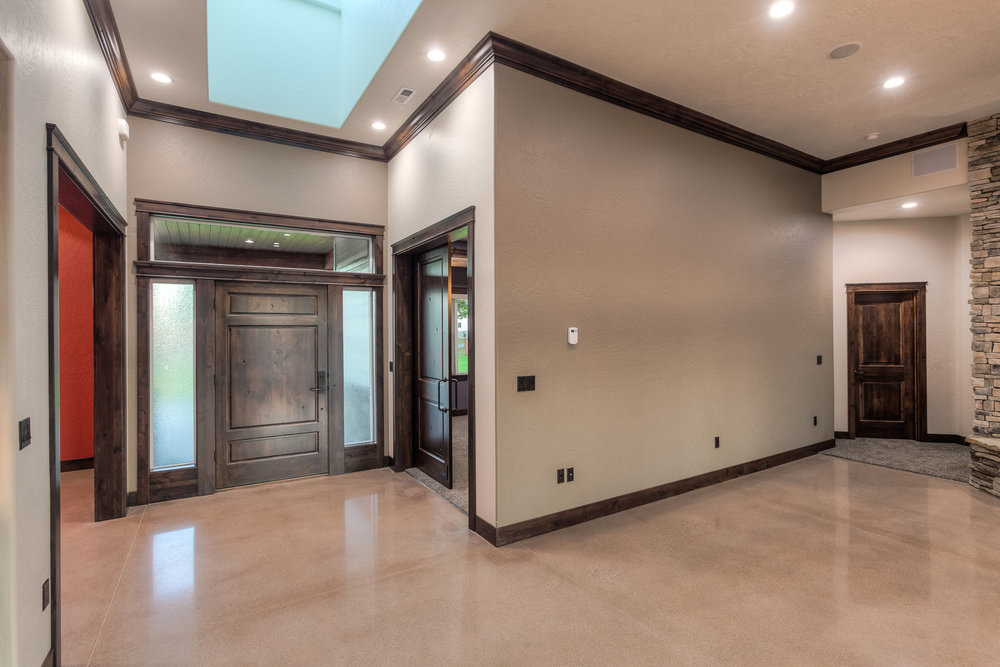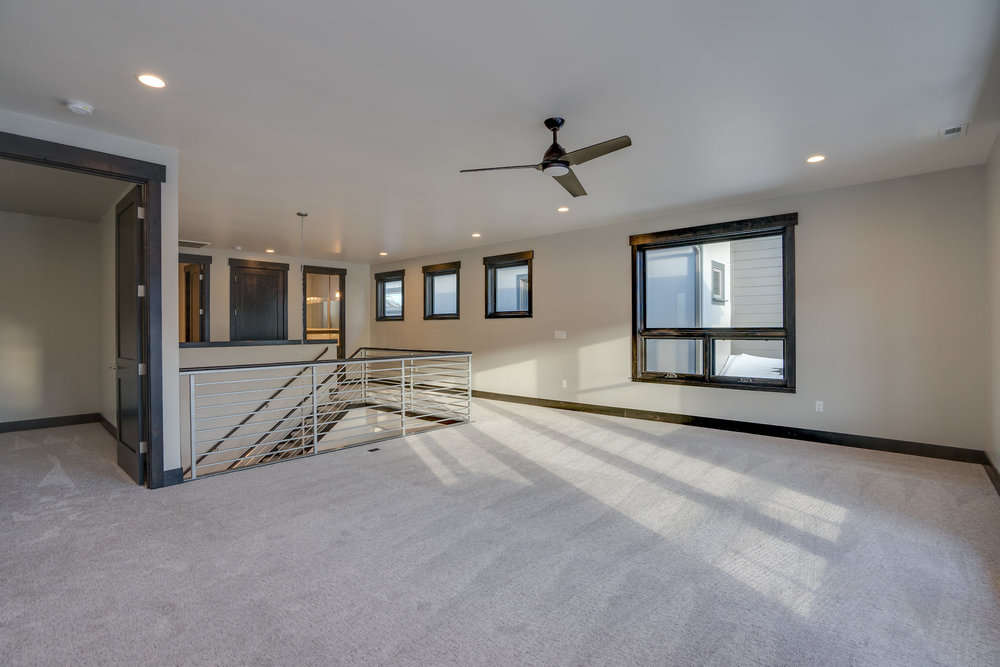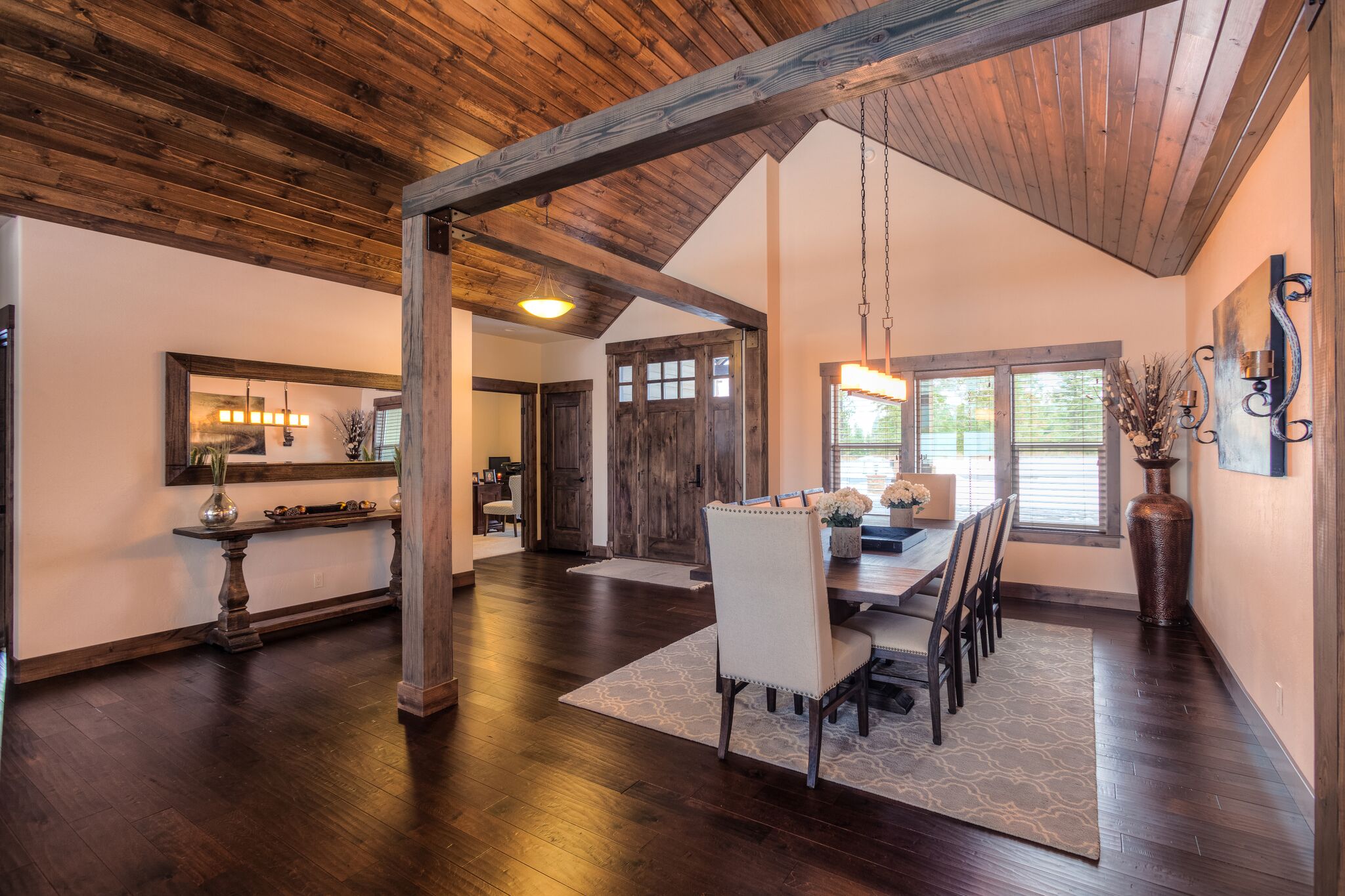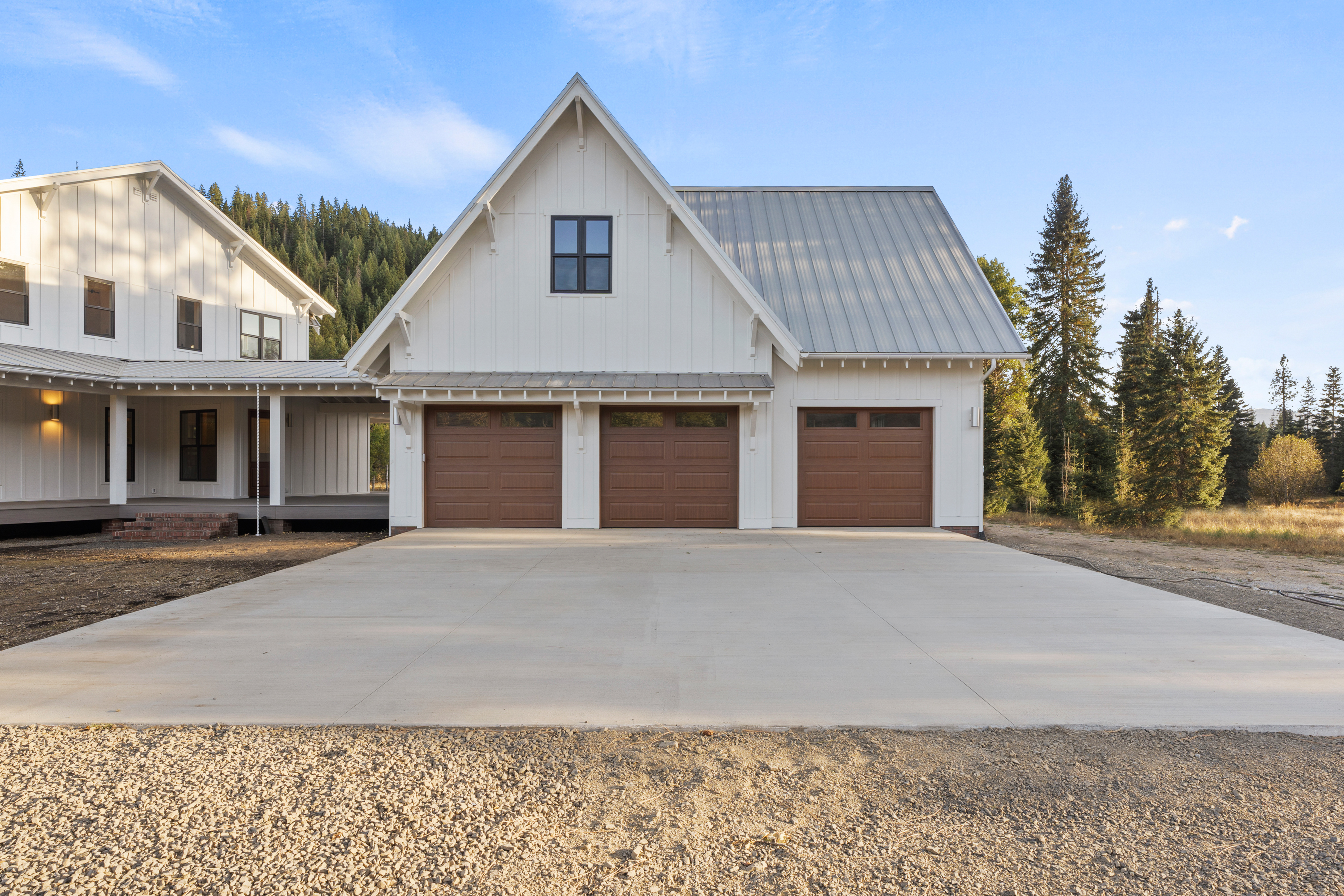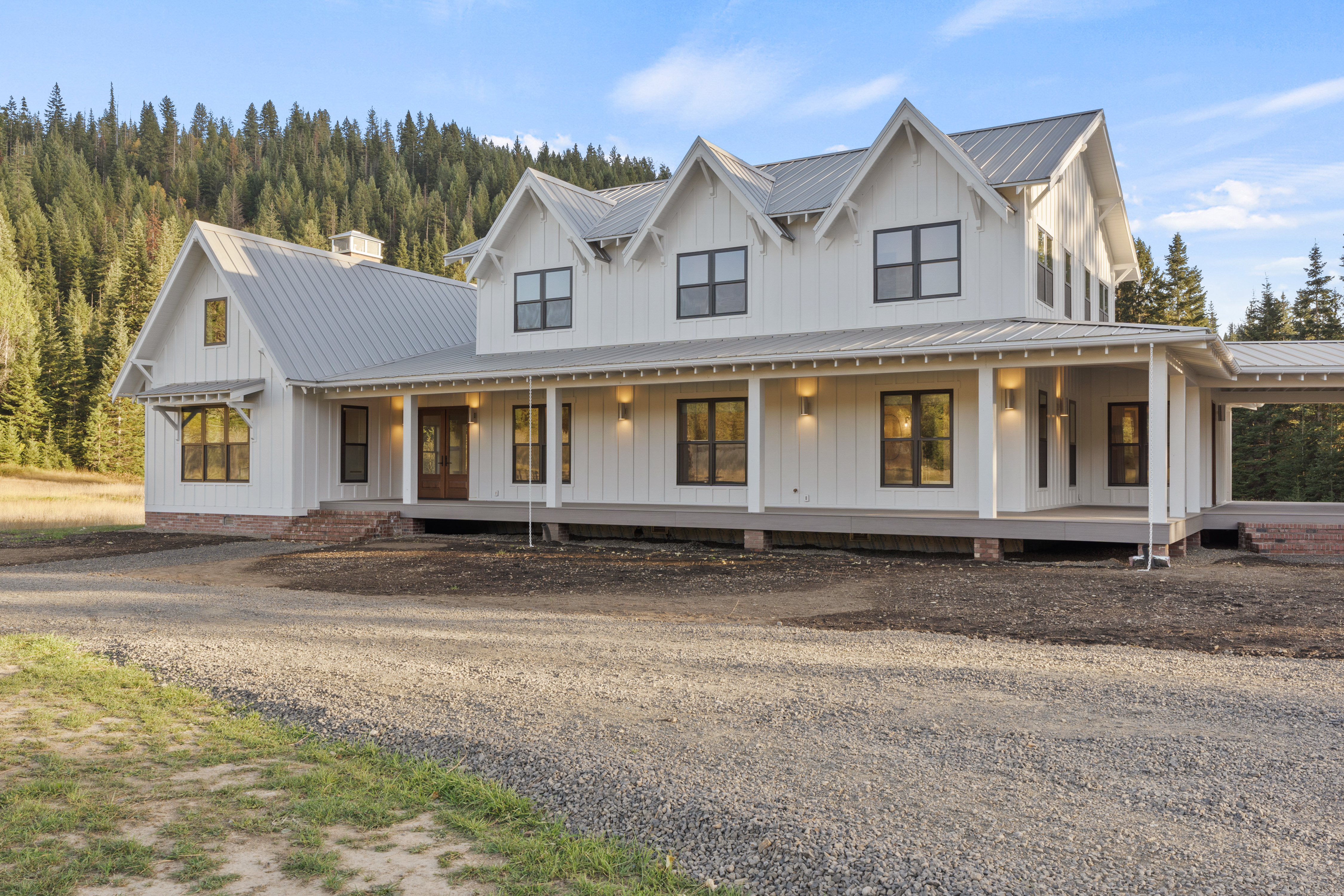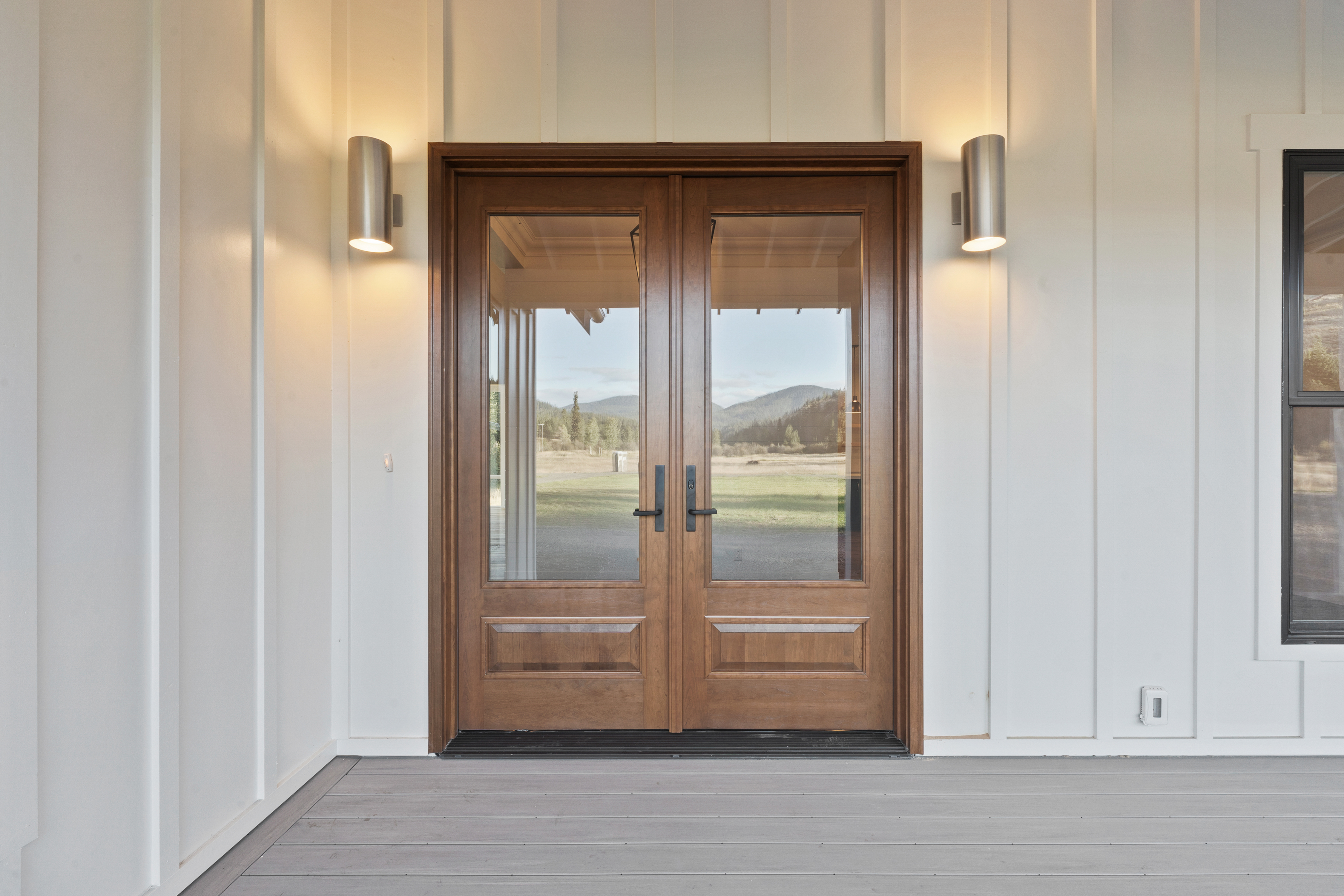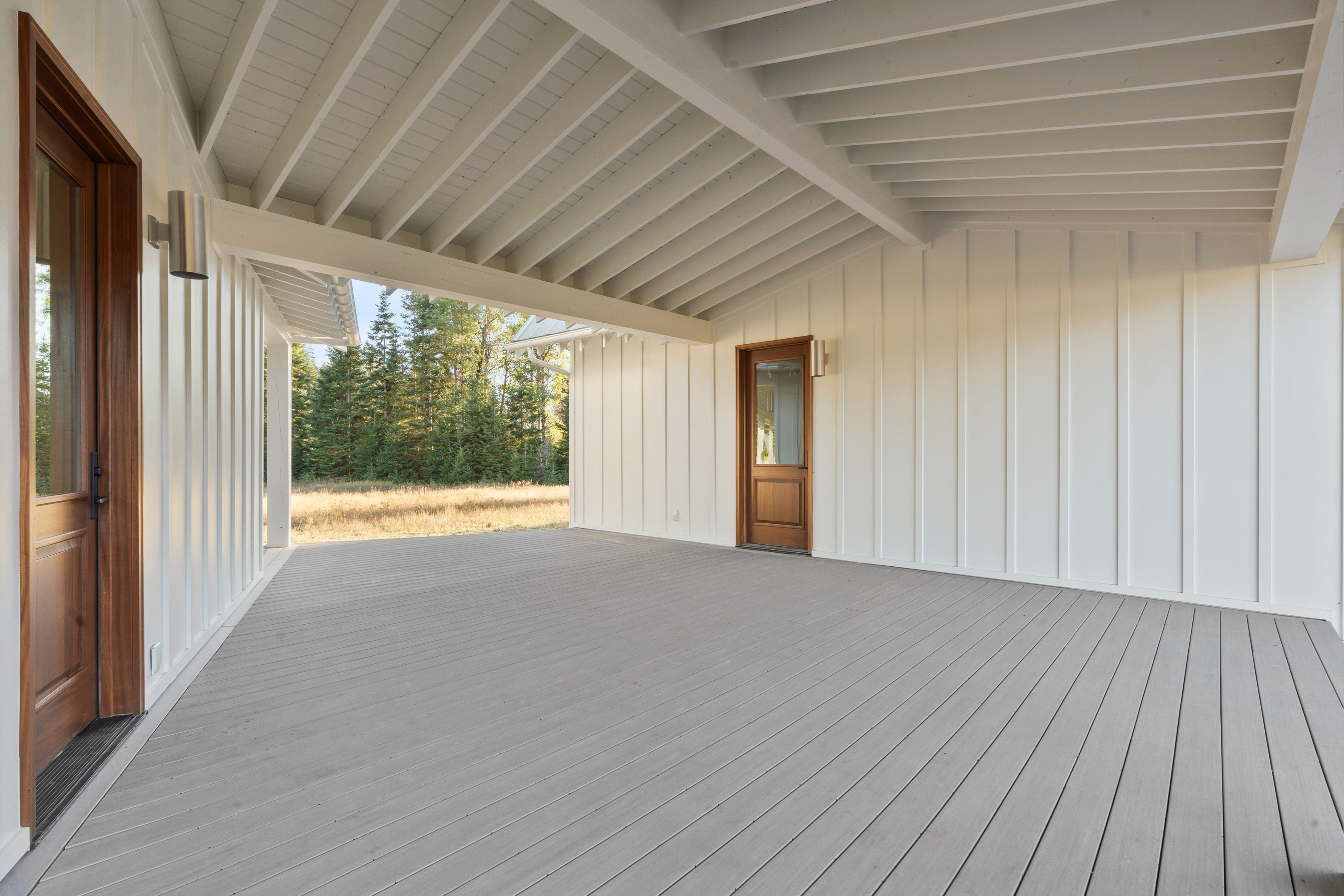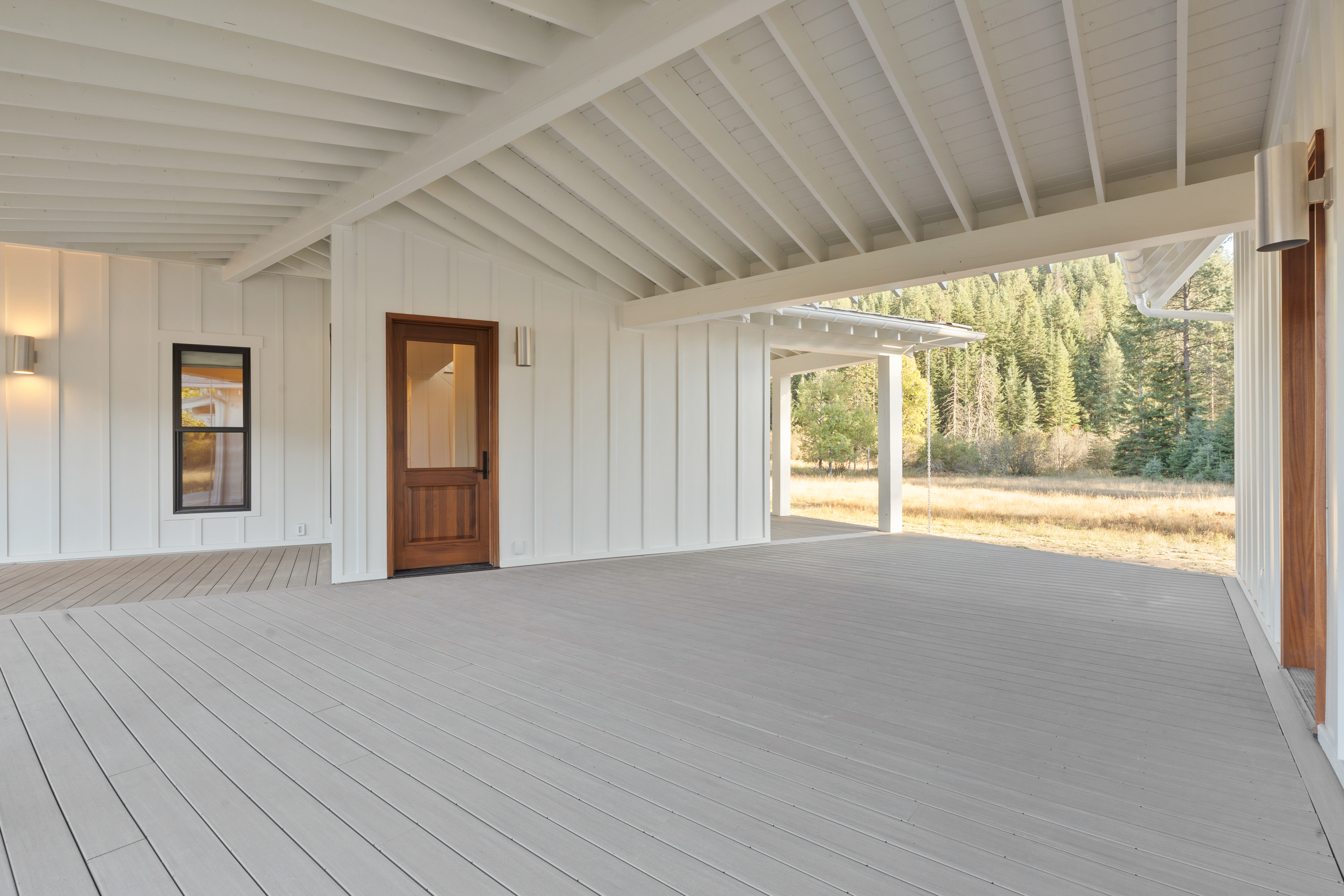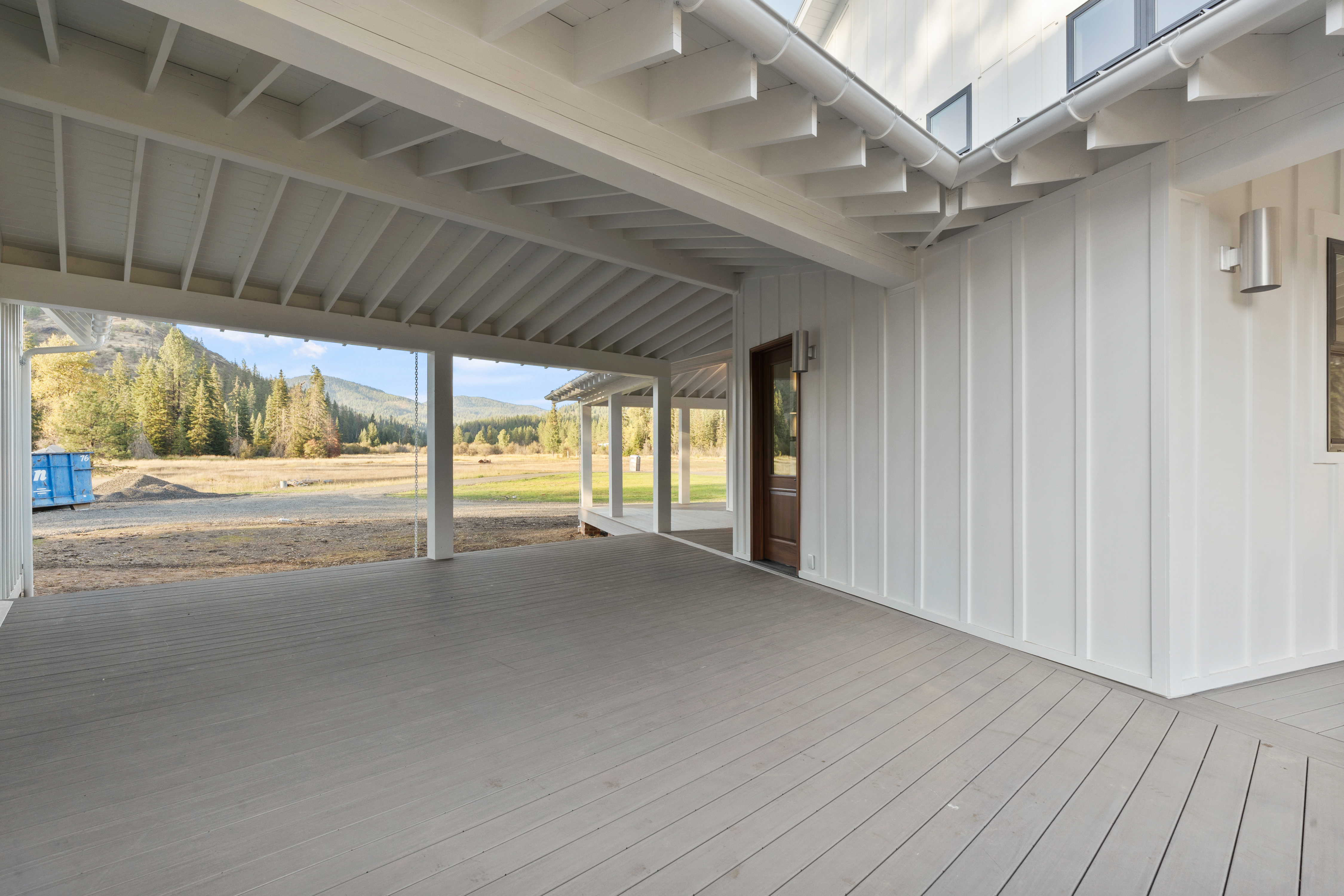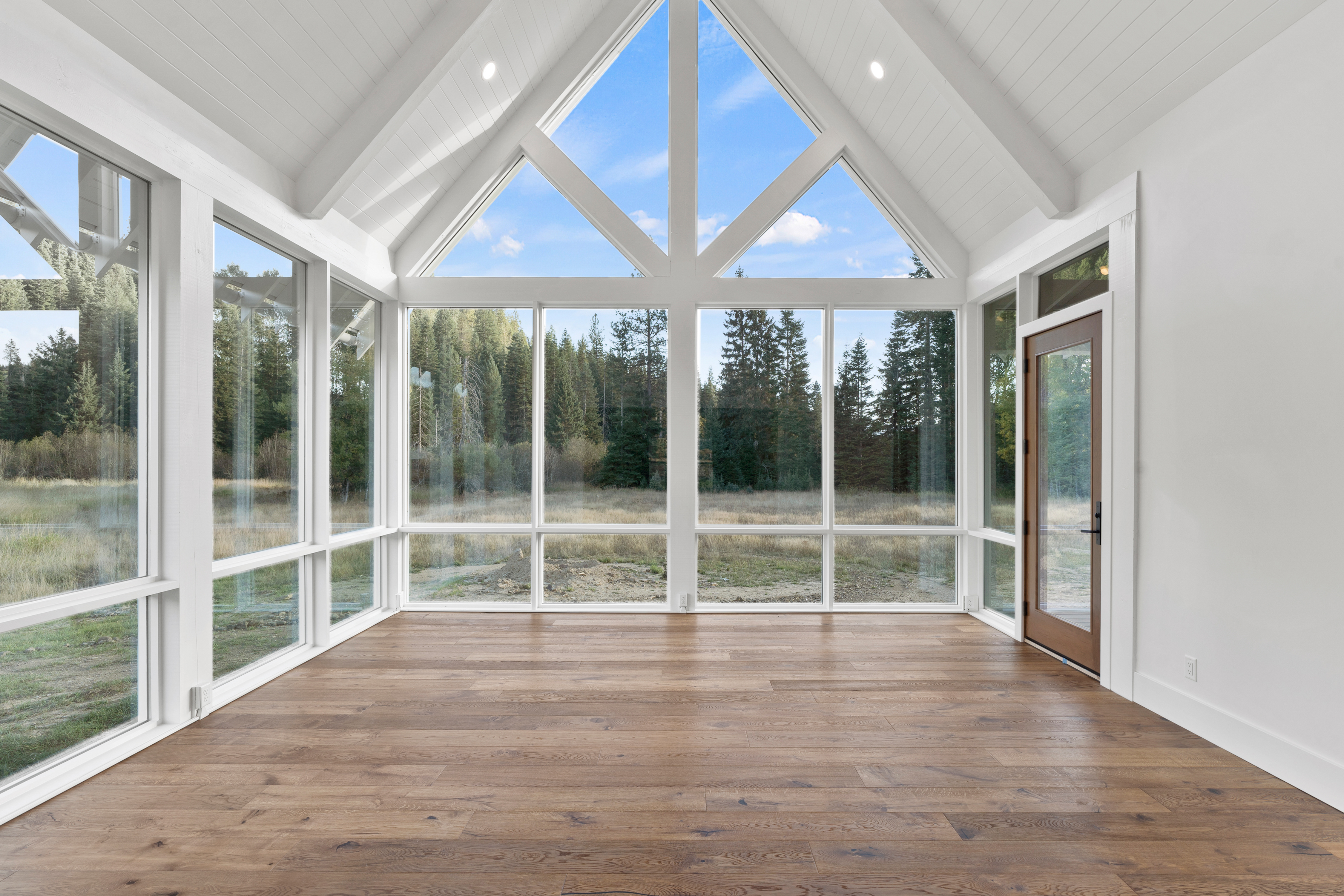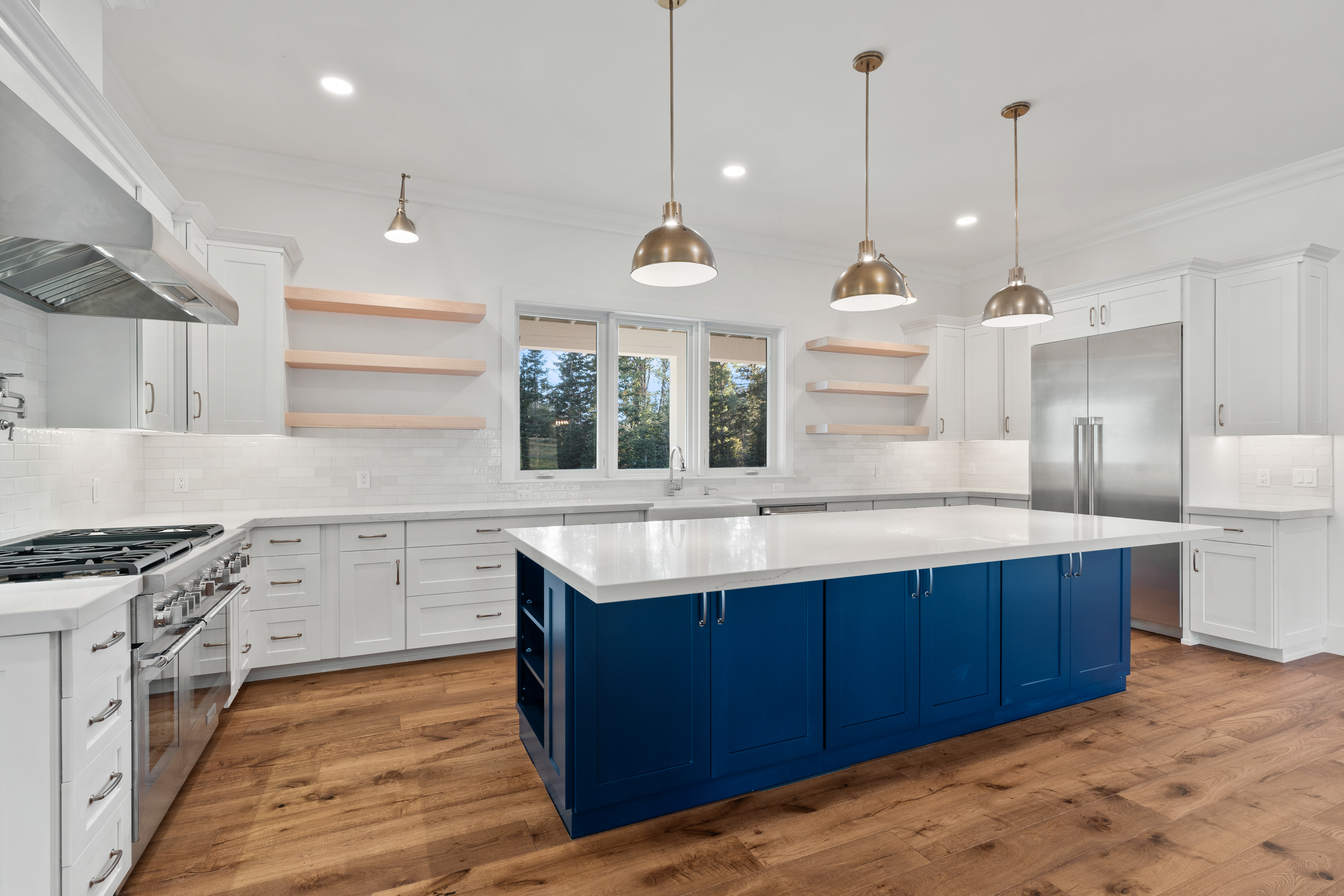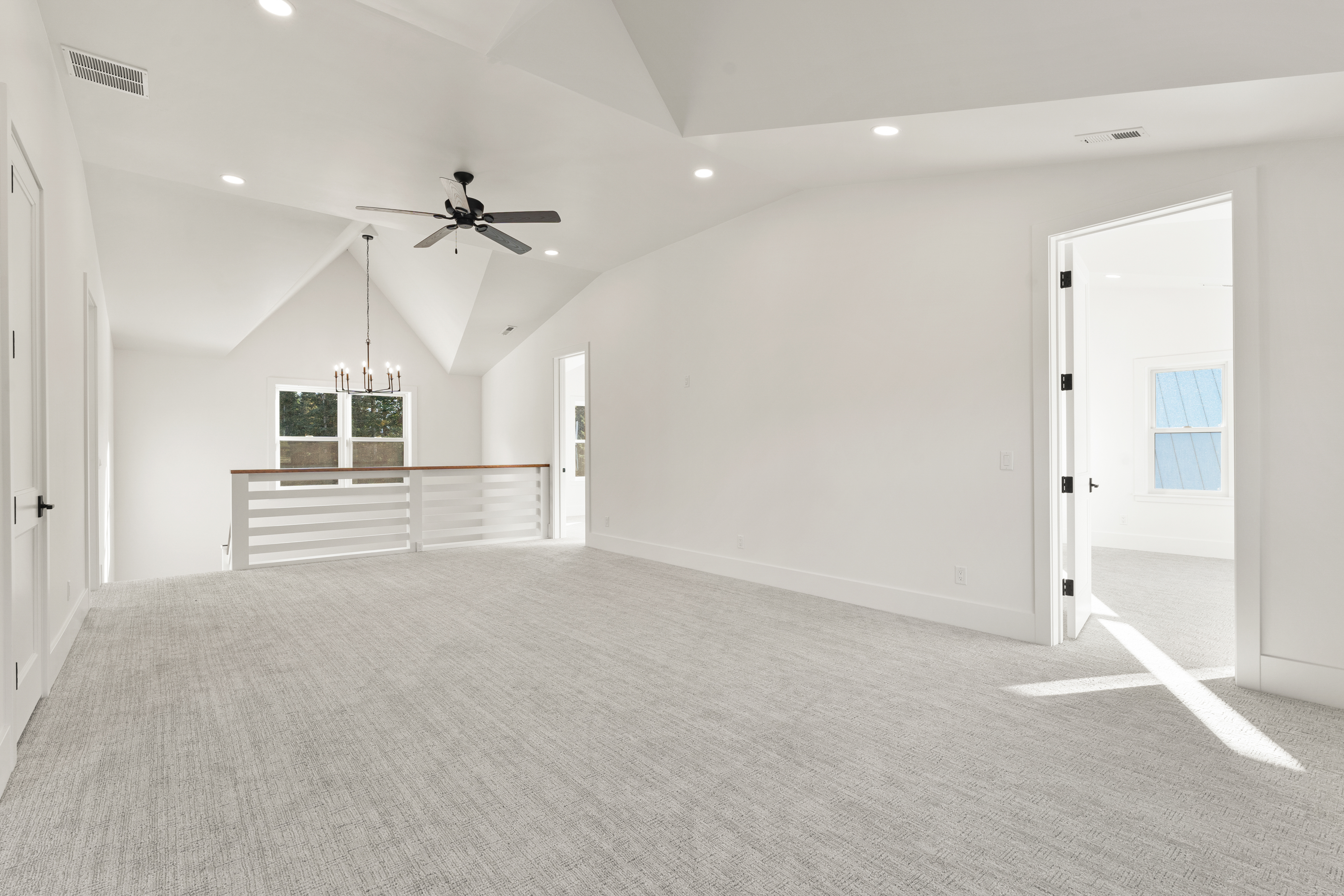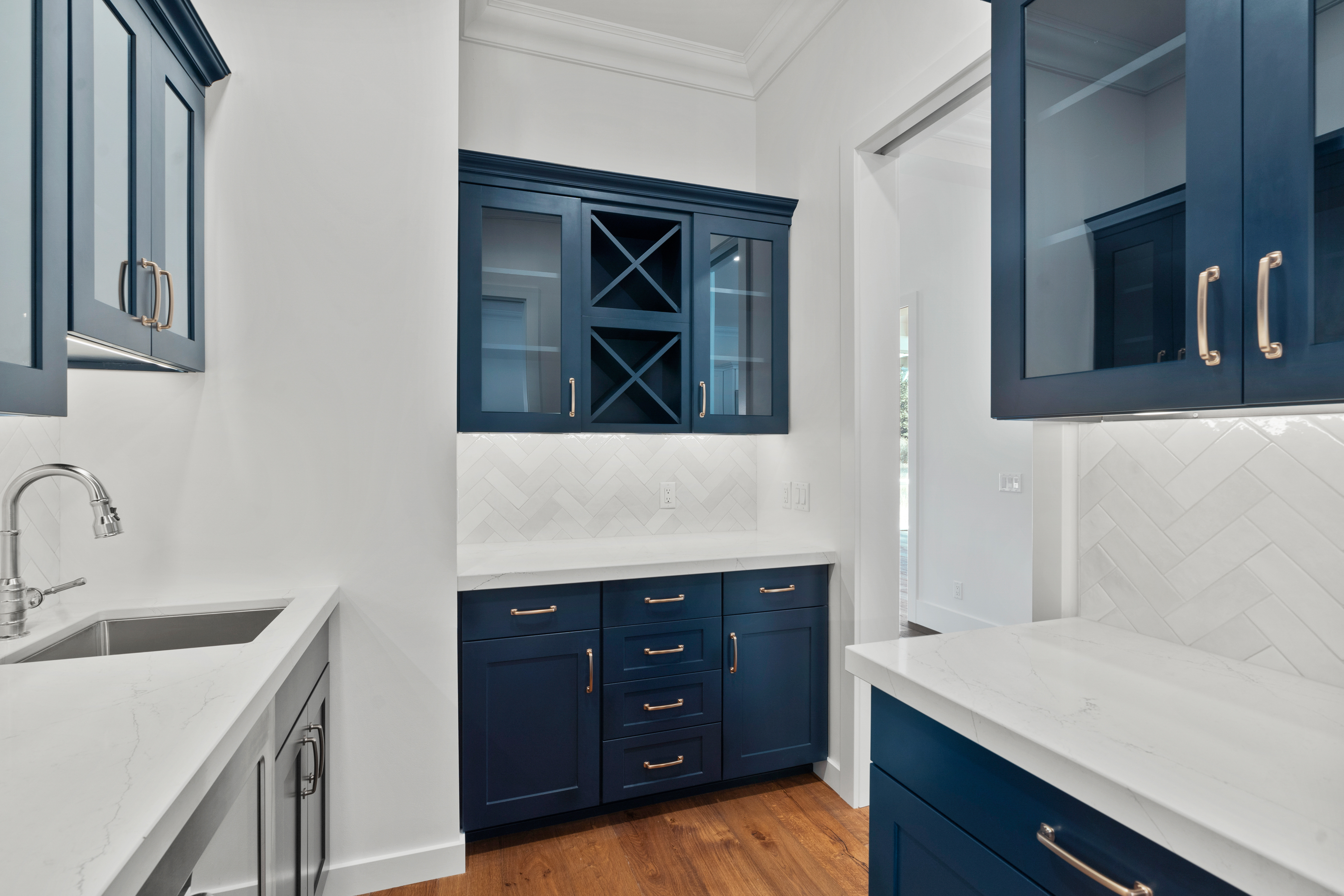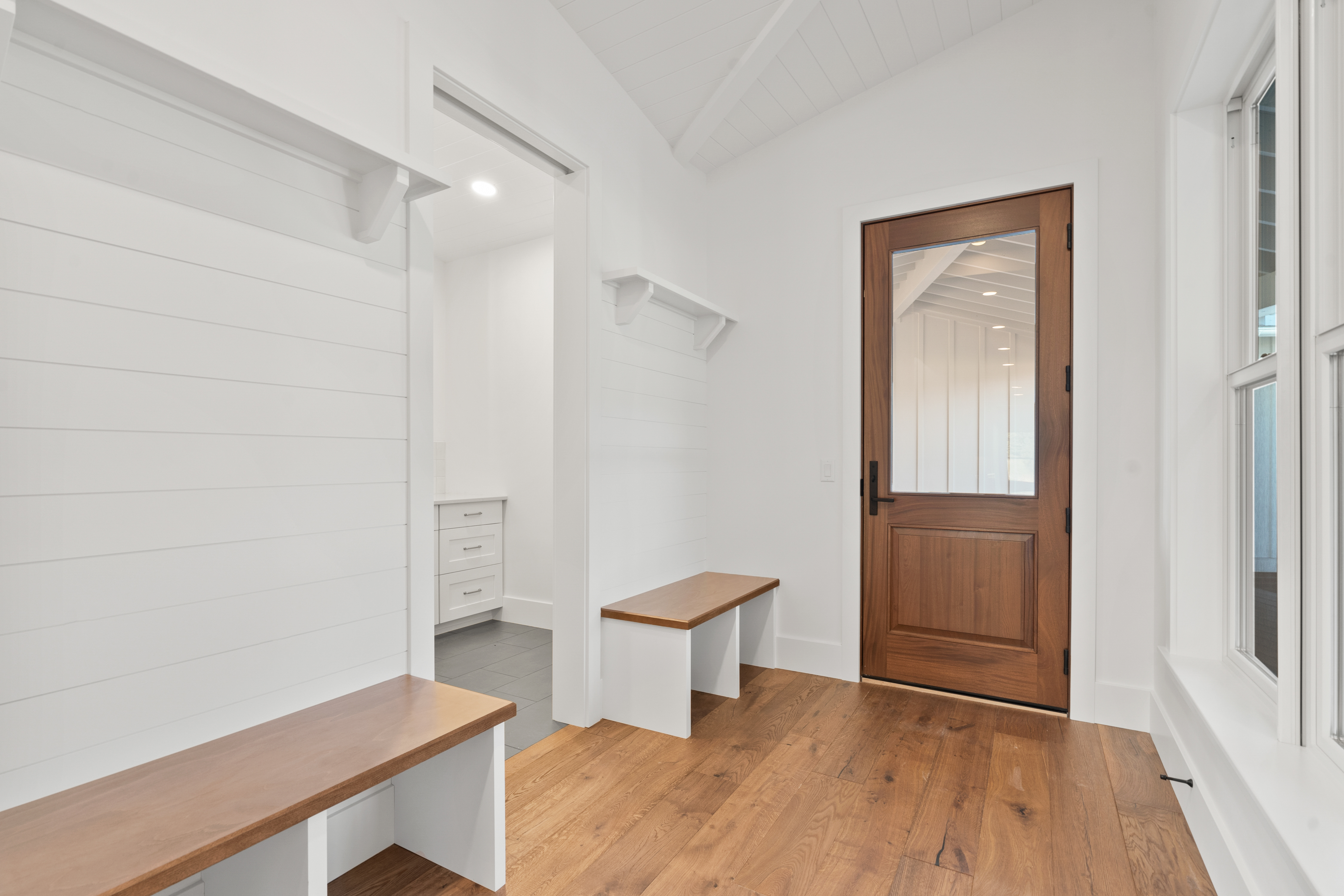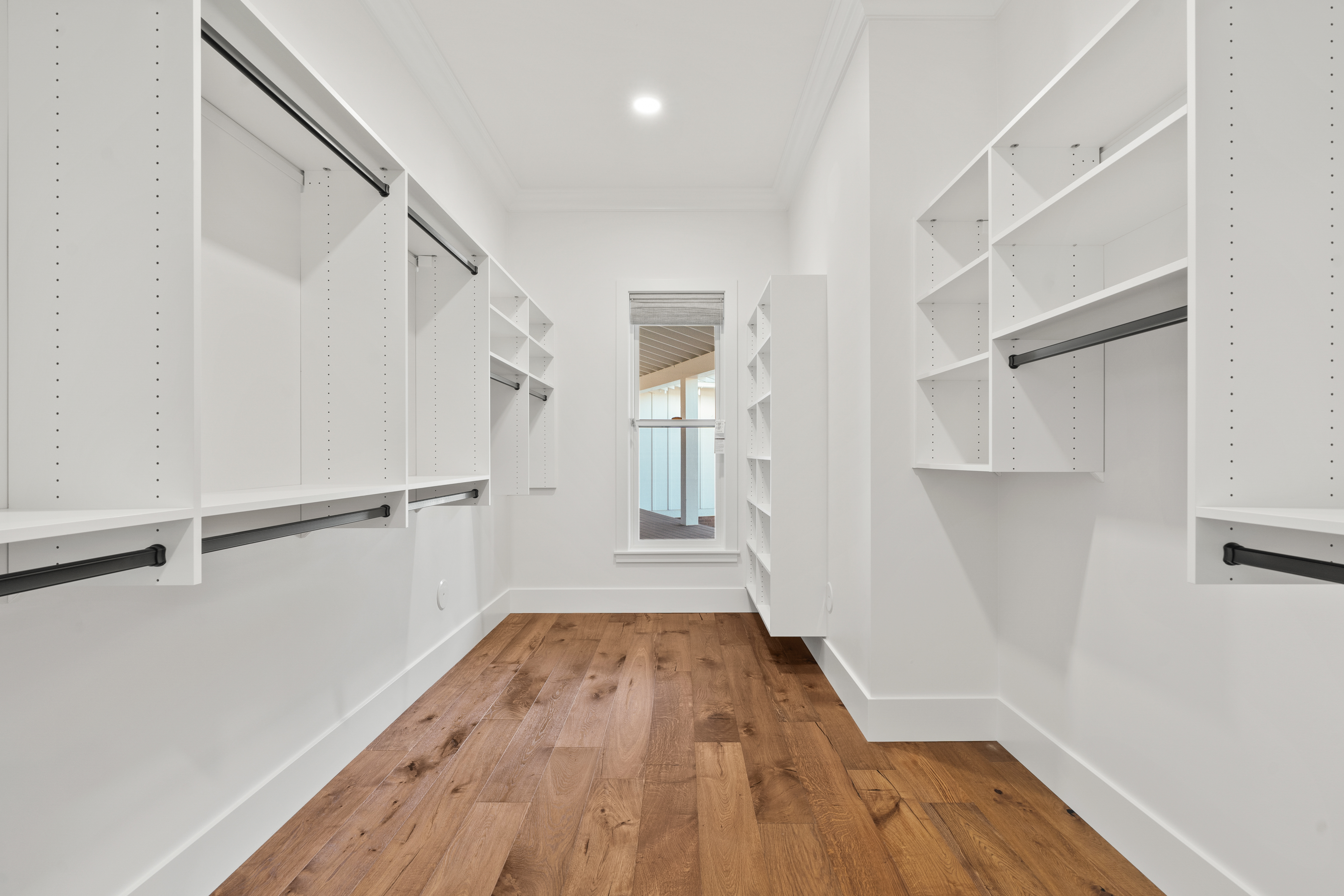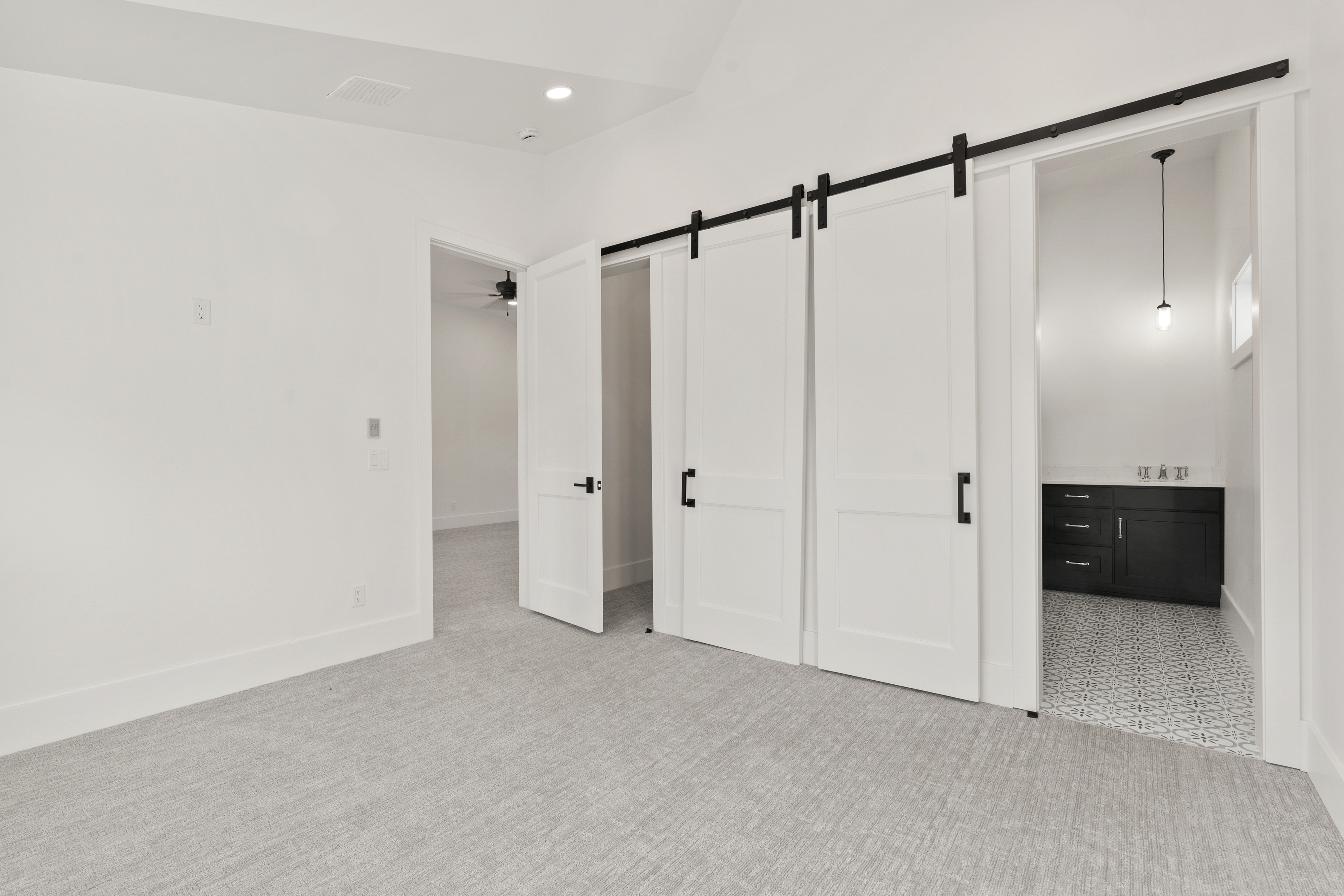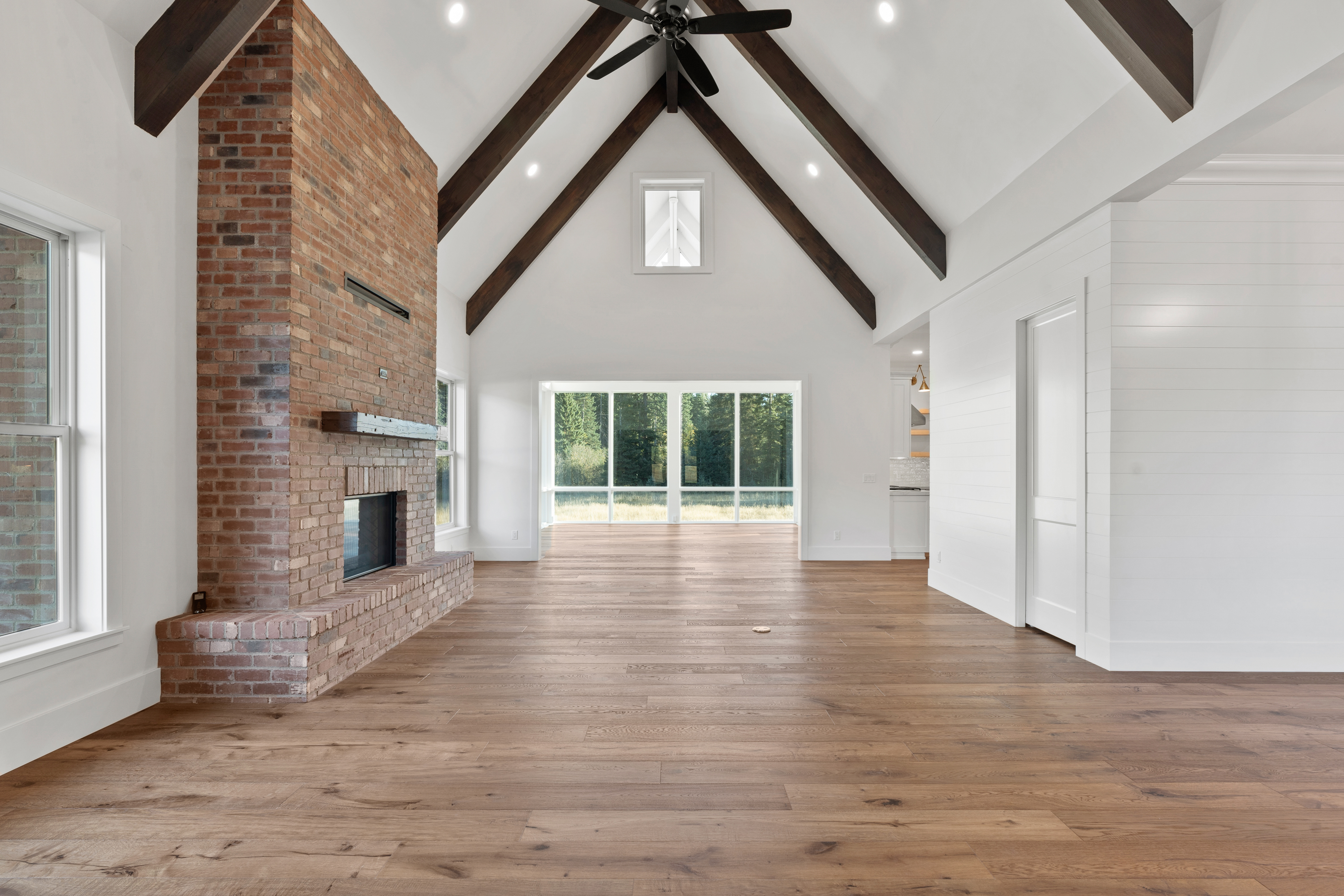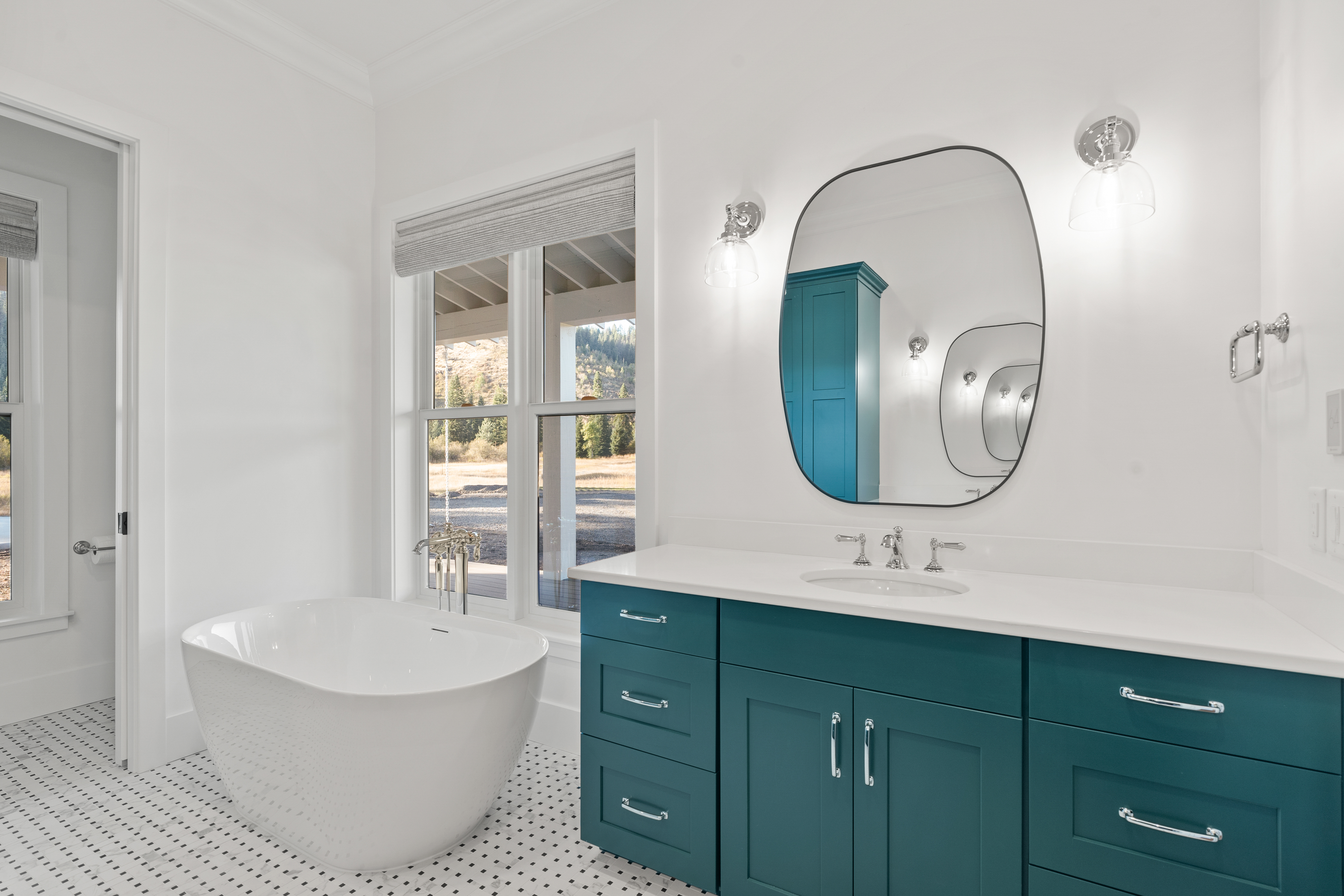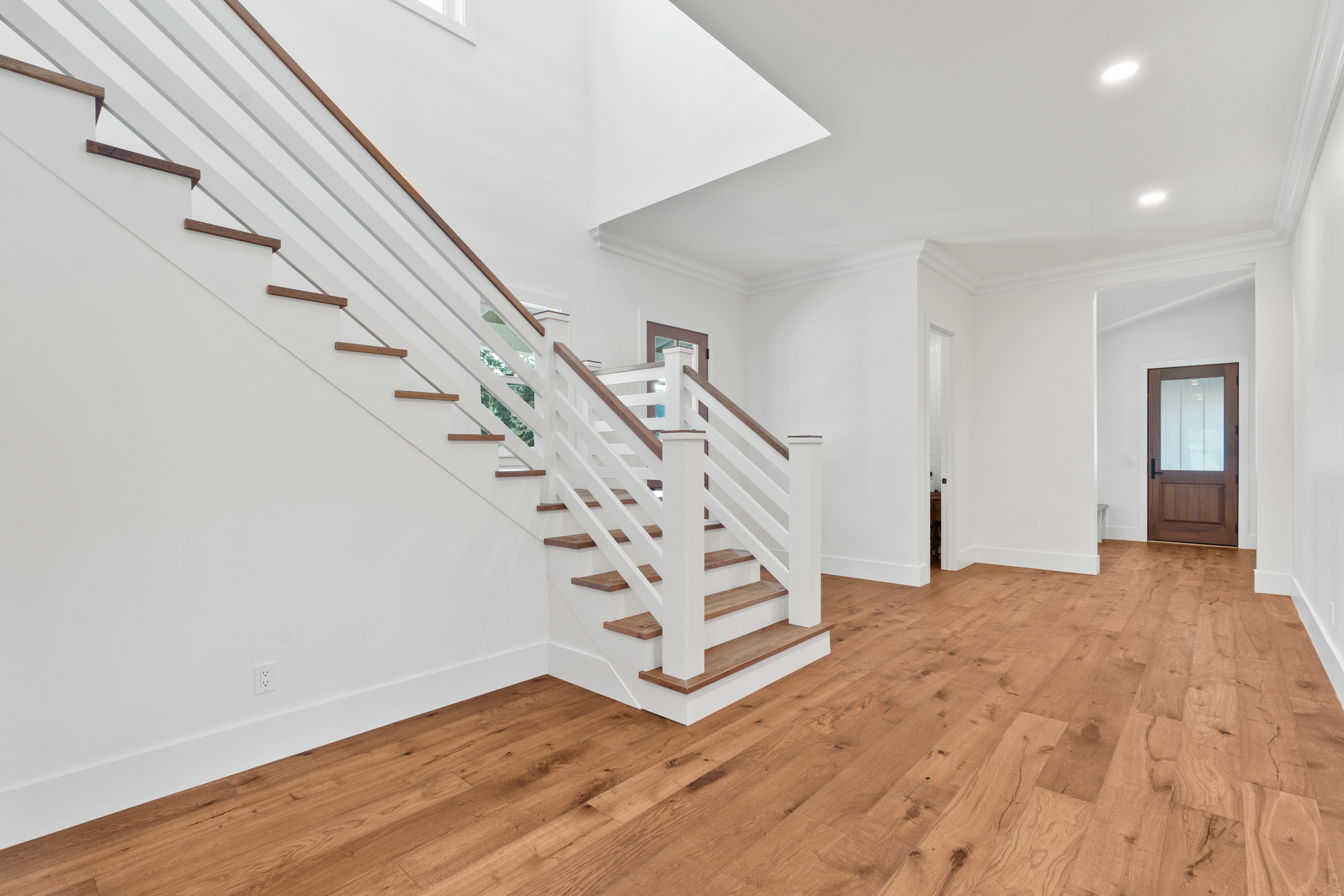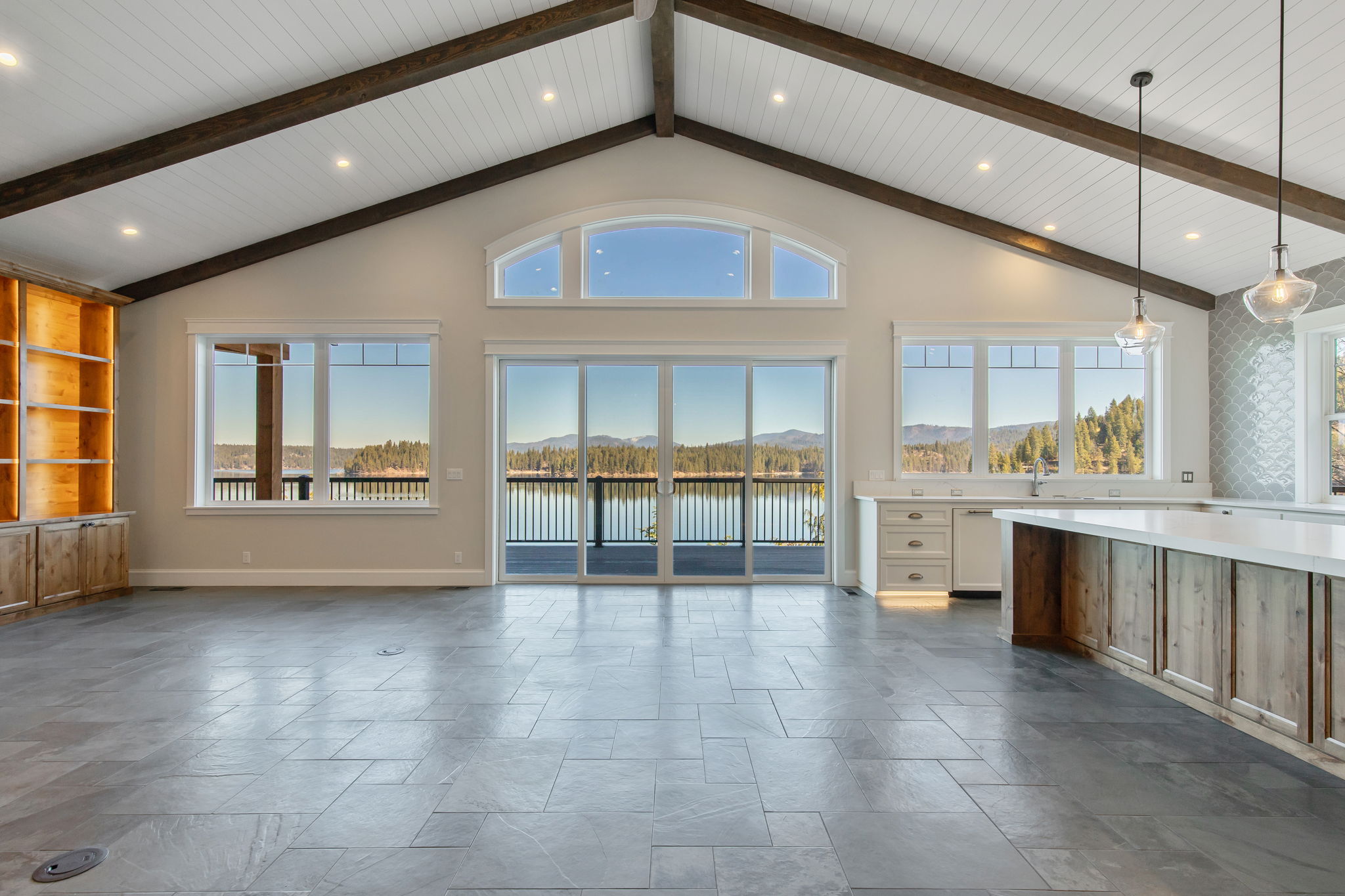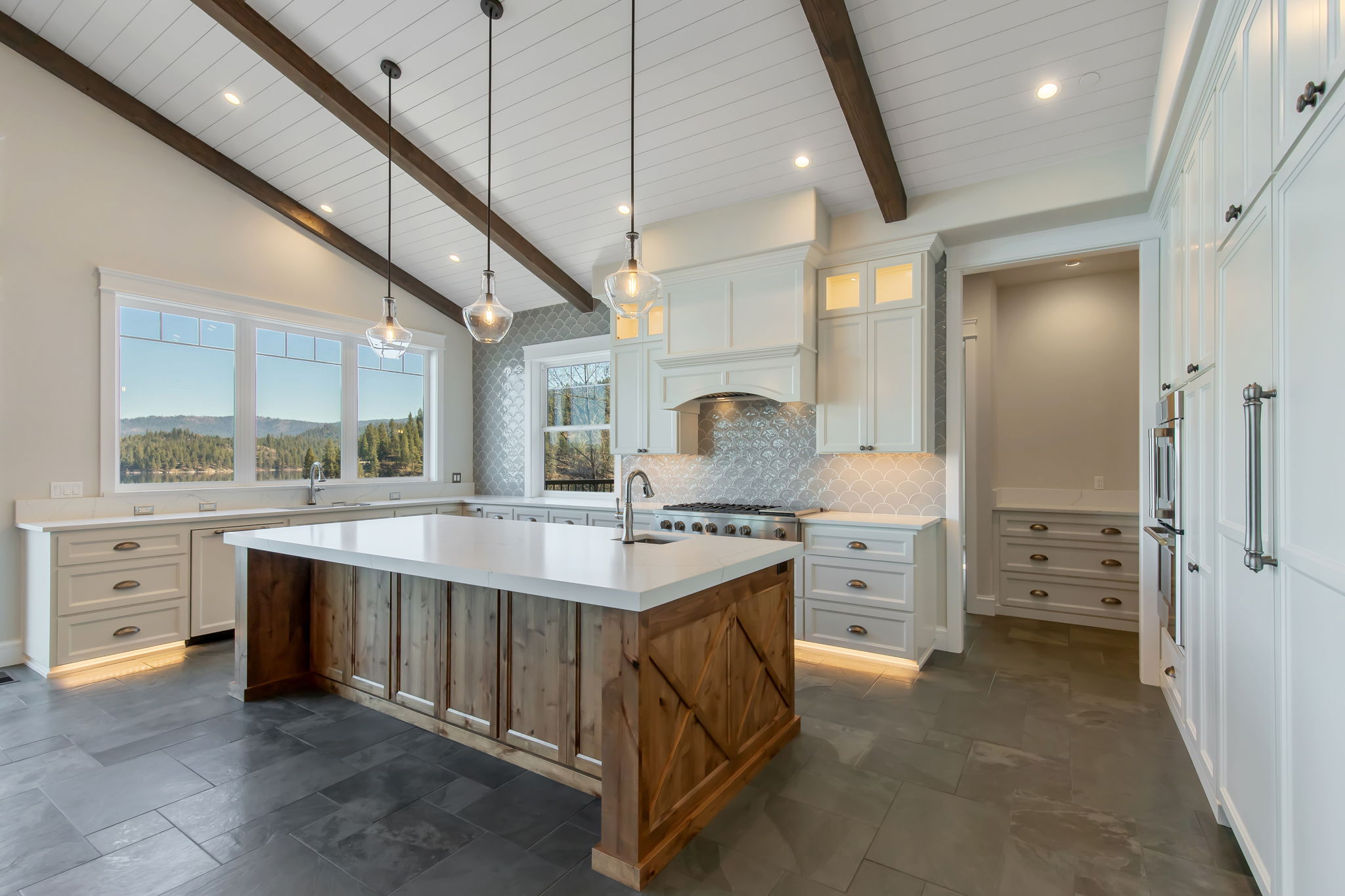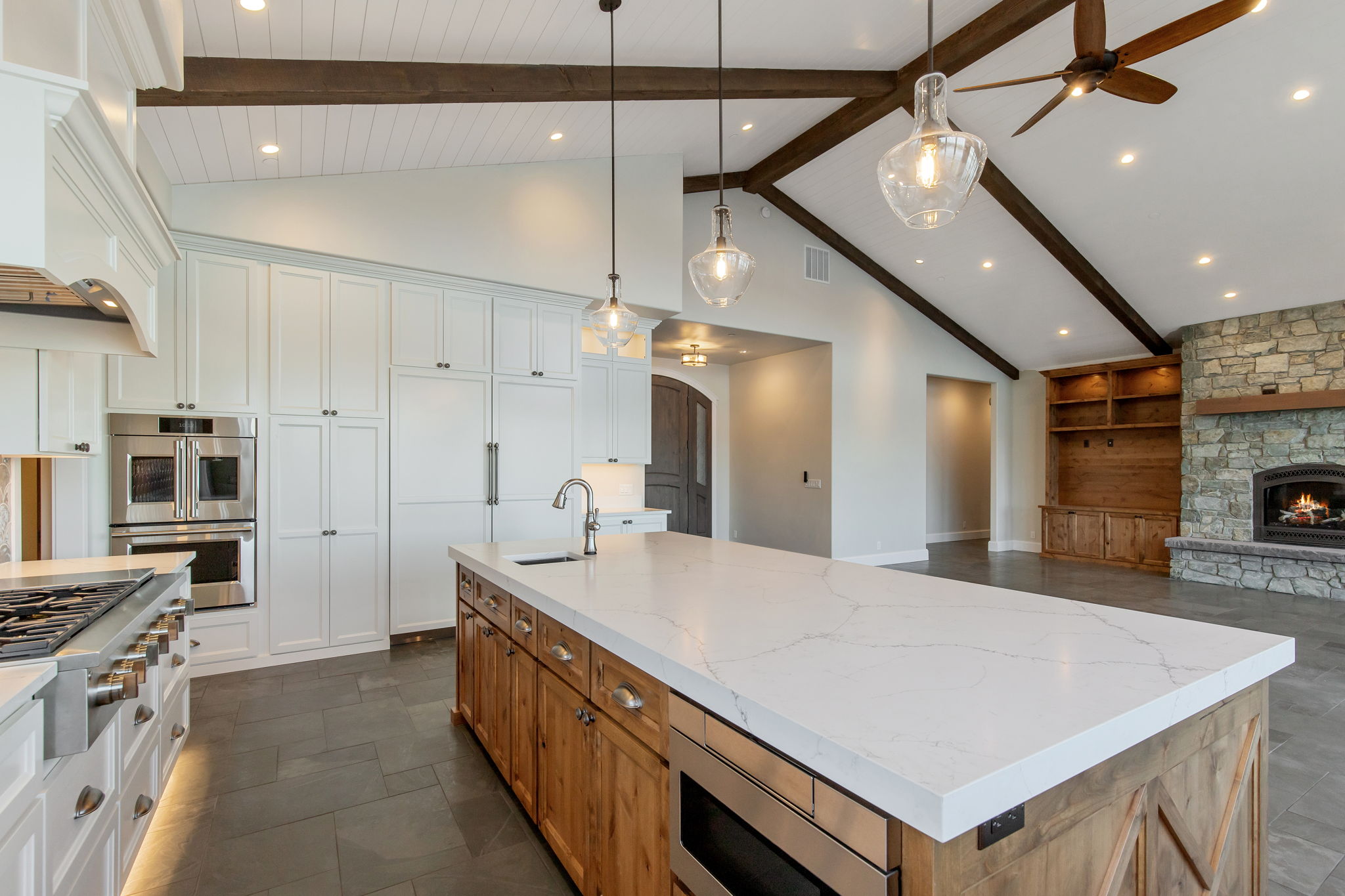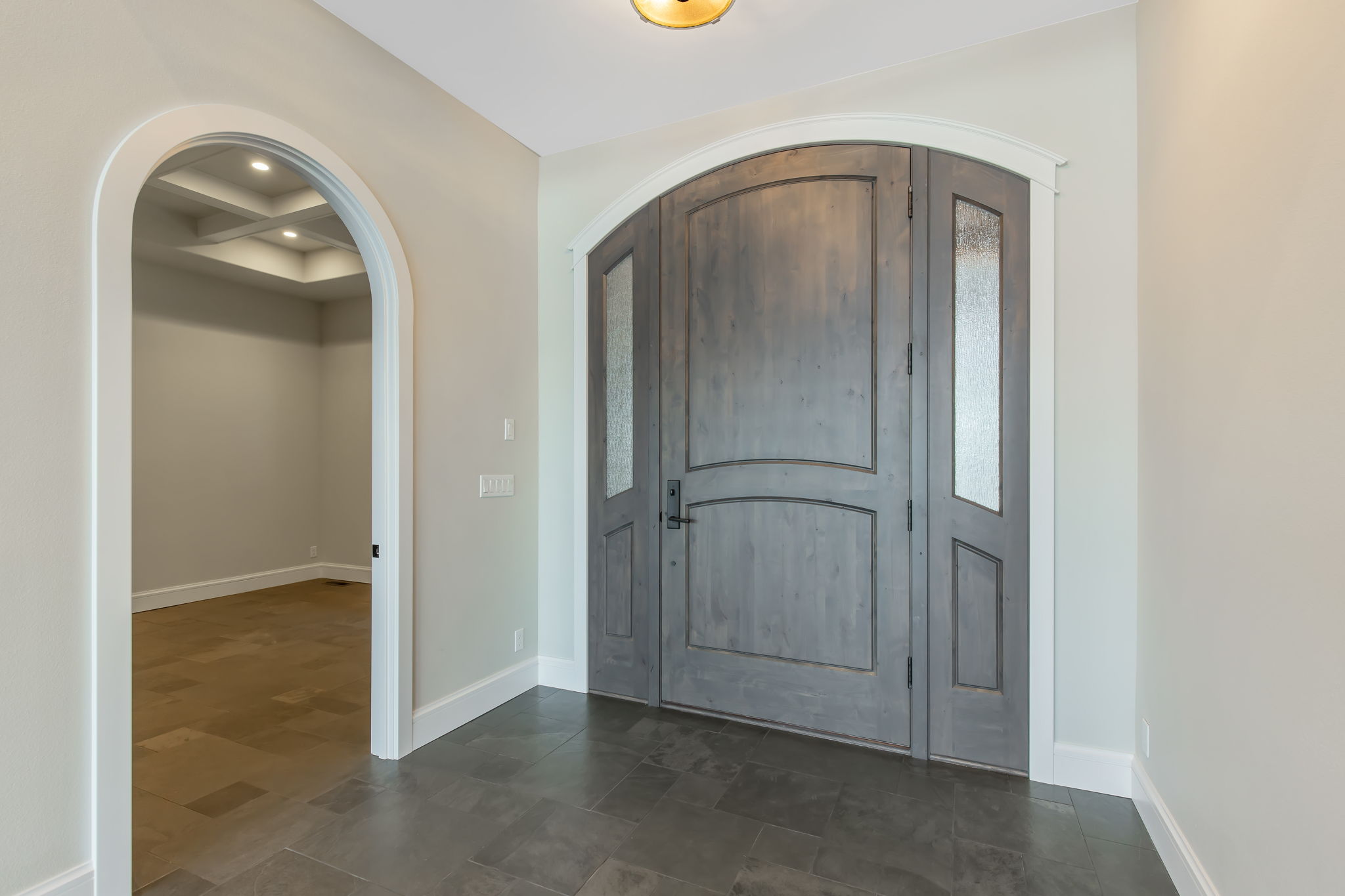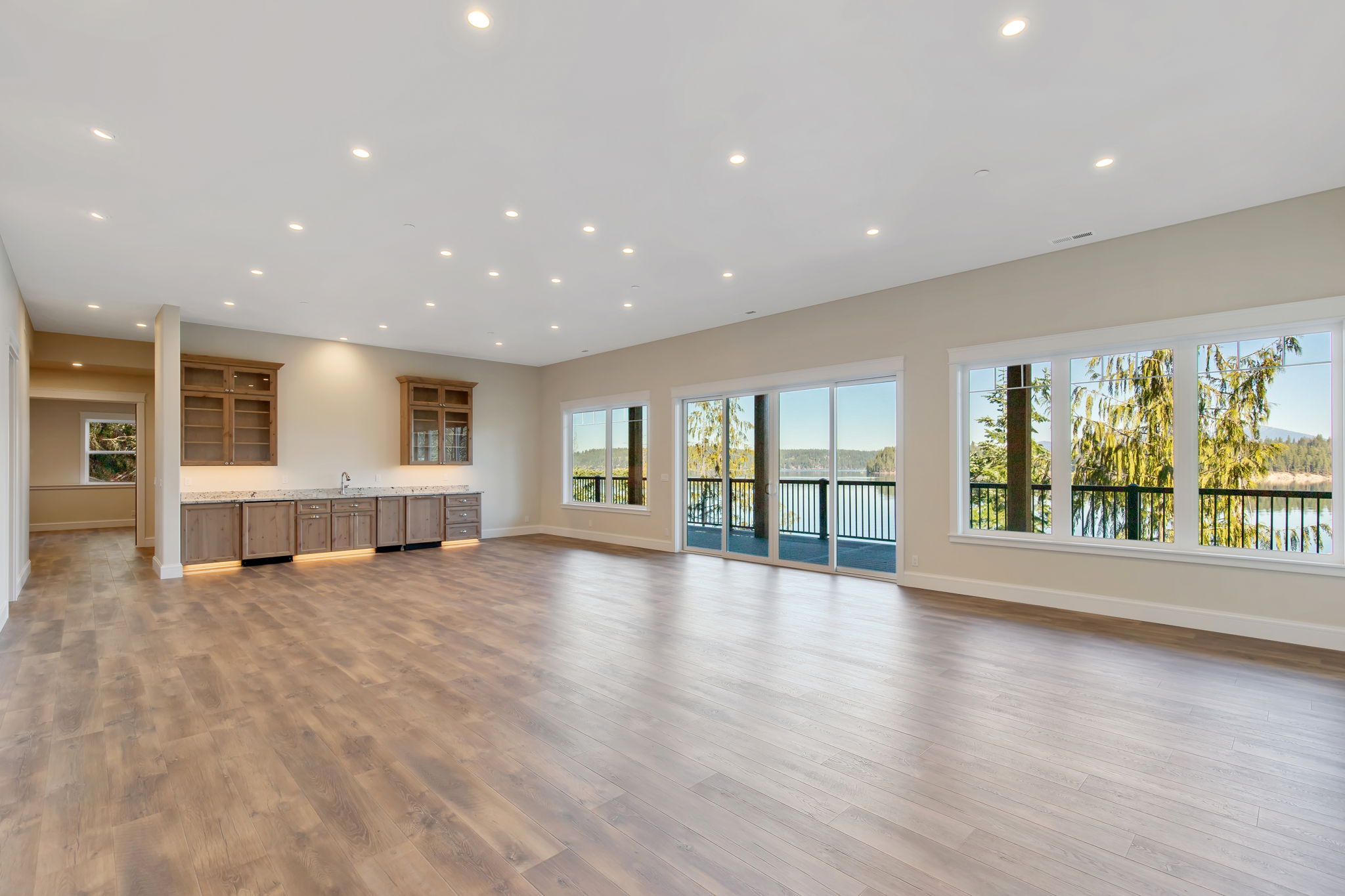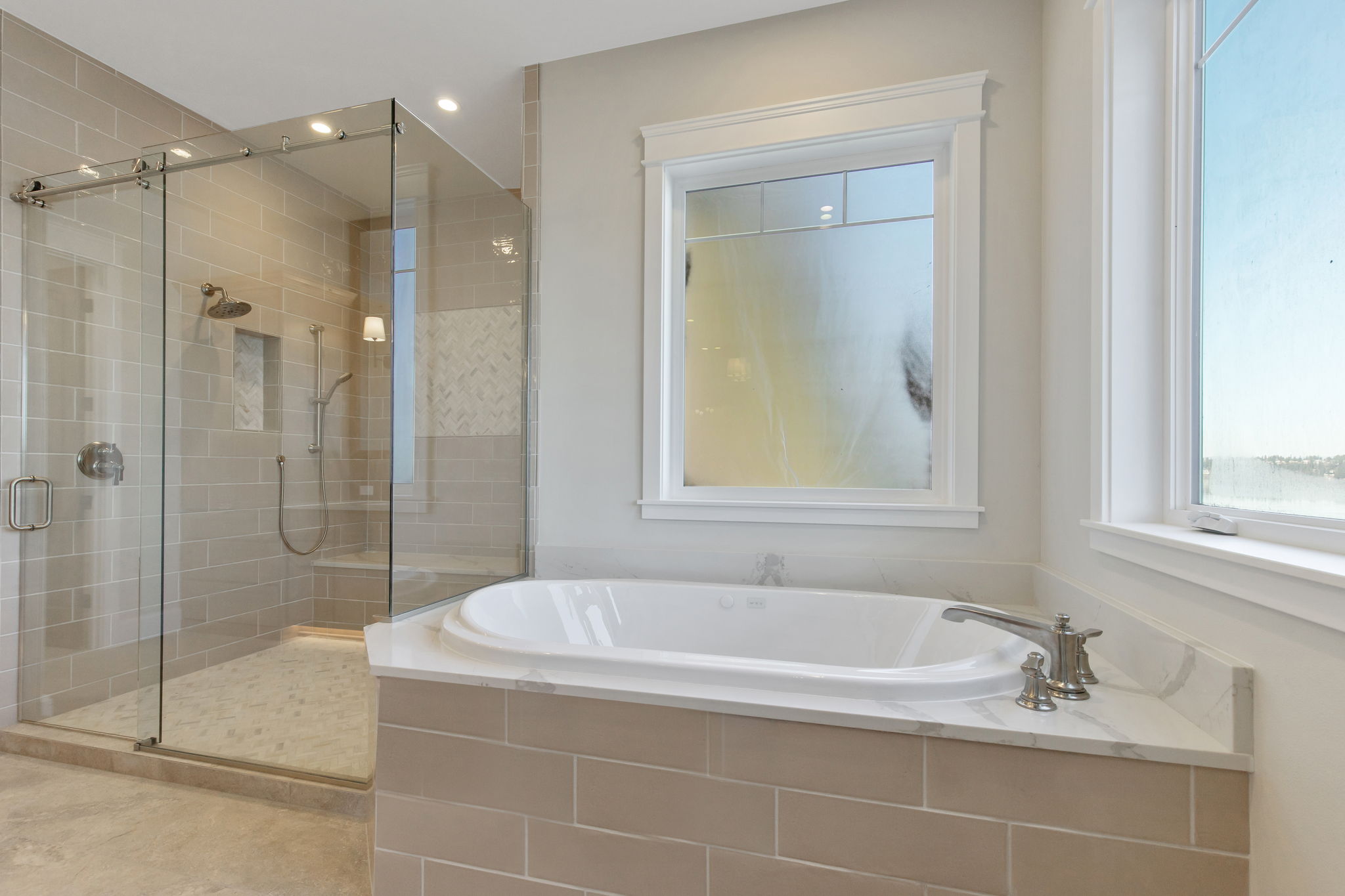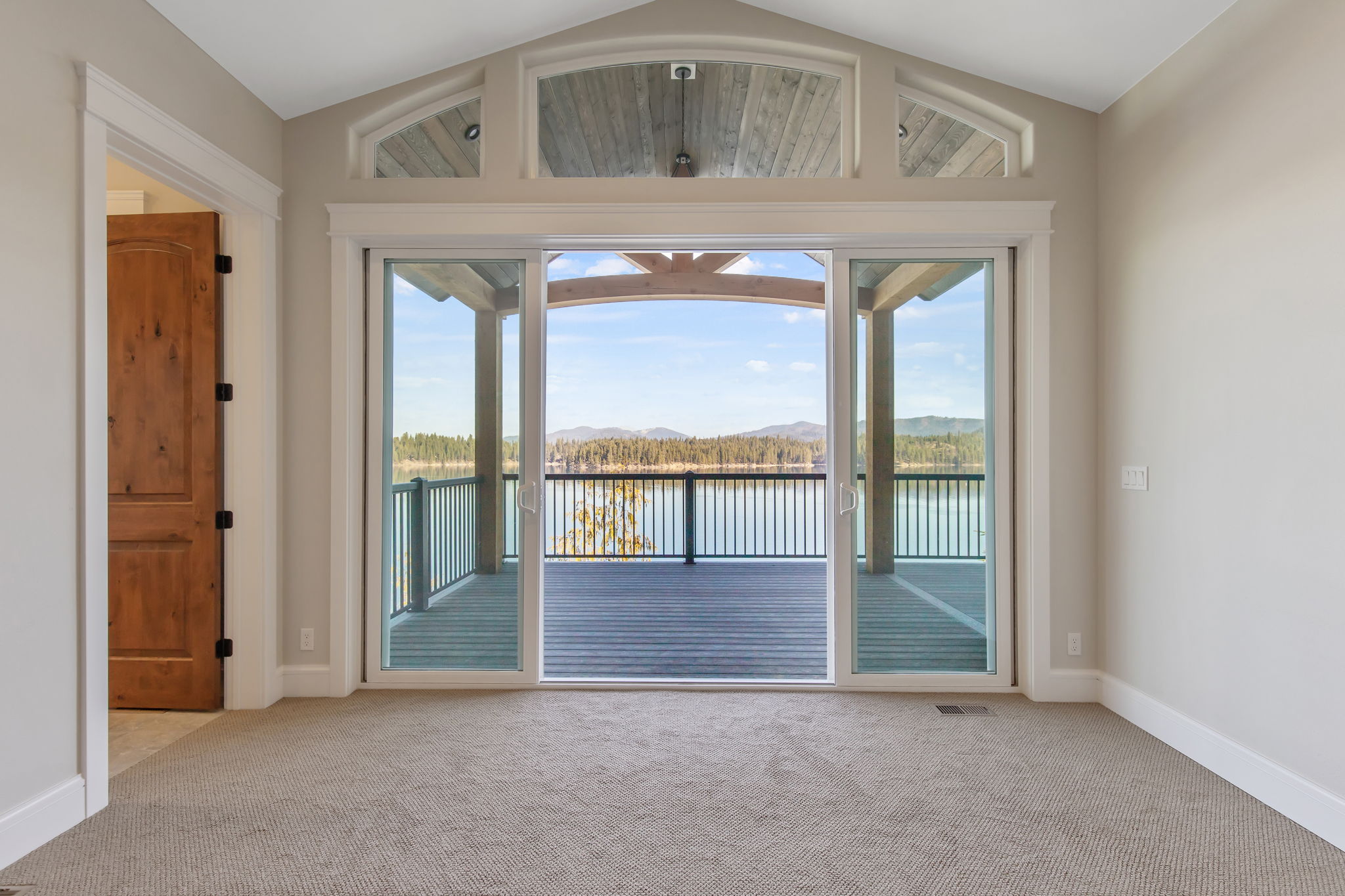Planning a whole-house painting project can be a big task, but breaking it down into manageable steps can make the process much smoother.
Buying paint and supplies in larger quantities can often qualify for discounts or bulk pricing. Suppliers might offer lower prices for larger orders. Less paint and materials are wasted when you can mix and match them for different areas all at once.
Hiring a professional painter for a single project is often cheaper than multiple visits. Labor costs can be reduced as painters set up once and work continuously, minimizing downtime. Reducing the number of times you need to set up and clean up saves time and labor costs. Workers don’t have to spend extra hours setting up their tools multiple times. When hiring contractors, you might have more negotiating power for a larger job than multiple small ones. If you are working with a contractor, fewer visits to your home can reduce travel and transportation expenses that might be passed on to you.
During painting, HVAC systems may need to run longer to deal with fumes and drying times. Doing it all at once reduces prolonged energy usage. Open windows and use of fans during one extended period is more efficient than over multiple separate sessions.
Completing the project in one go minimizes disruptions to your daily life and allows you to return to normal more quickly. Scheduling multiple sessions can lead to delays and price changes over time, especially if you’re working around other projects or seasonal changes. Frequent moving of furniture and setup for different stages can cause wear and tear on your belongings and surfaces. One setup and breakdown reduce risks of damage or paint splatter from repeated covering and uncovering of areas.
Painting all rooms at once ensures color consistency throughout the house. Paint batches can vary slightly, and completing the job at once avoids mismatches. If you paint in stages, there’s a risk that colors or styles might go out of fashion or need adjustment, requiring additional painting in the future. Overall, tackling the entire house at once can offer both direct savings in material and labor costs and indirect benefits in terms of time, efficiency, and consistency. If you can accommodate the upfront expense, it can be a more economical choice in the long run.
Here’s a step-by-step guide to help you plan and execute a successful house painting project:
1. Assess the Scope of the Project
- Determine Areas to Paint: Decide if you will paint the interior, exterior, or both. Identify specific rooms or areas.
- Evaluate Surface Conditions: Check for damage, peeling paint, or repairs needed on walls, trim, and other surfaces.
- Color Selection: Choose your color scheme. Consider getting samples and testing them in small areas.
2. Set a Budget
- Estimate Costs: Include paint, supplies (brushes, rollers, tape, etc.), and any professional labor if needed.
- Compare Paint Brands: Look at quality versus cost. High-quality paints often provide better coverage and durability.
3. Gather Supplies
- Paint: Calculate how much paint you’ll need based on the area and number of coats.
- Tools: Rollers, brushes, painter’s tape, drop cloths, paint trays, and ladders.
- Safety Gear: Masks, goggles, and gloves if working with chemicals or in poorly ventilated areas.
4. Prepare the Space
- Clear the Area: Move furniture and decor out of the way or cover them with drop cloths.
- Clean Surfaces: Wash walls and surfaces to remove dirt, grease, and dust.
- Repair and Sand: Fill holes, fix cracks, and sand rough spots for a smooth surface.
5. Plan the Schedule
- Consider Weather: For exterior painting, choose a period with suitable weather (not too hot, cold, or wet).
- Time Management: Allocate time for preparation, painting, and drying. Consider breaking the project into phases if needed.
6. Execute the Painting
- Primer: Apply primer to new or heavily repaired surfaces for better paint adhesion.
- Cut-In Edges: Use a brush to paint edges and corners before rolling larger areas.
- Roll Paint: Use a roller for larger surfaces, applying paint in consistent strokes.
- Multiple Coats: Allow proper drying time between coats as recommended by the paint manufacturer.
7. Clean Up
- Properly Seal Paint Cans: Store leftover paint properly for future touch-ups.
- Clean Tools: Wash brushes and rollers immediately after use.
- Dispose of Materials: Follow local regulations for disposing of paint and materials.
8. Inspect and Touch-Up
- Final Check: Inspect the painted areas for any missed spots or uneven coverage.
- Touch-Up: Make necessary touch-ups after a thorough inspection.
9. Maintenance
- Regular Cleaning: Keep surfaces clean to maintain the paint’s appearance.
- Touch-Ups: Address any chips or damage promptly to prevent further issues.
This plan should help you organize and execute a whole-house painting project effectively. If you have any specific questions or need further advice on any of these steps, feel free to ask!

